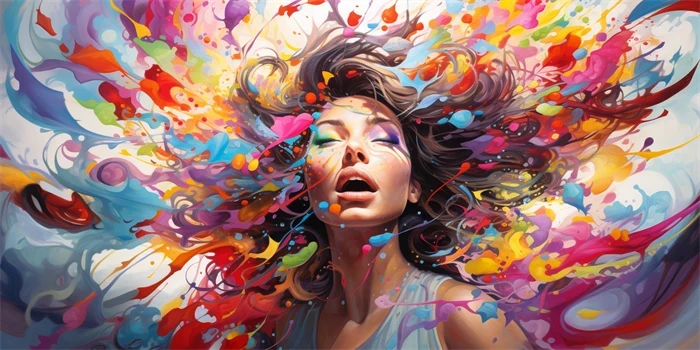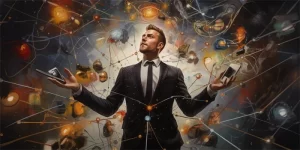Deepfakes, a term derived from “deep learning” and “fake,” refer to manipulated videos or images that superbly blend artificial intelligence (AI) with visual content. While deepfakes have been a topic of controversy due to potential misuse, they also present a realm of untapped creative possibilities. In this article, we will explore how deepfakes can be utilized to unleash your creativity and push the boundaries of digital content creation.

1. Transforming Historic Footage with Deepfakes
Imagine being able to bring historical figures to life and incorporate them into your creative projects. Deepfake technology allows you to seamlessly integrate the likeness of iconic personalities into any visual narrative, providing new means of education, entertainment, and storytelling.
2. Enhancing Special Effects in Movies and TV Shows
Deepfakes empower filmmakers to create more immersive and realistic special effects. By using AI algorithms to blend multiple elements or replace actors with computer-generated avatars, directors can push the boundaries of visual storytelling and captivate audiences in new and exciting ways.
3. Personalized Greetings and Messages
How about sending a personalized video message from a favorite celebrity or historical figure as a gift to a loved one? Deepfake applications provide an avenue for creating unique and memorable greetings that can be shared on special occasions, making the recipient feel like they are truly interacting with their idol.
4. Virtual Cosplay Experiences
With deepfakes, cosplay enthusiasts can step into the shoes of their beloved characters without intricate costumes or elaborate make-up. By digitally overlaying the appearances of fictional characters onto their own faces, fans can bring their cosplay fantasies to life and share their creations with fellow enthusiasts.
5. Museums and Art Exhibitions
Deepfakes offer an opportunity to make art more interactive and engaging. Imagine having paintings or sculptures come alive with brief narratives told by the artists themselves. This innovative approach to storytelling can be a game-changer for museums and exhibitions, attracting a wider audience and making the experience more memorable.
6. Impersonations for Comedy and Entertainment
Deepfakes can be used for comedic purposes, allowing comedians and entertainers to impersonate famous personalities or morph their own faces into humorous characters. This opens up a world of new comedic possibilities and expands the realm of humor in the digital age.
7. Virtual Reality Experiences
By combining deepfake technology with virtual reality (VR), users can immerse themselves in entirely new and unreal environments. Whether it’s taking a journey through history or exploring distant galaxies, the combination of deepfakes and VR can provide unprecedented levels of immersion.
8. Closing the Language Barrier Gap
Deepfakes have the potential to bridge language barriers by creating realistic dubbing or lip-syncing in different languages. This could revolutionize language learning, entertainment experiences, and international collaborations by enabling seamless translations while preserving the original emotion and context.
Common FAQs:
Q: Are deepfakes legal?
A: Deepfakes themselves are not inherently illegal, but their misuse, such as non-consensual explicit content or malicious intent, can lead to legal consequences.
Q: How can I create my own deepfakes?
A: Numerous software options are available online, such as DeepFaceLab or Faceswap, which provide the tools to create your own deepfakes. However, ethical guidelines should be followed, ensuring the consent and appropriate usage of the generated content.
Q: How can deepfakes be detected?
A: The identification of deepfakes is an ongoing challenge. However, advancements in AI-driven detection tools are being developed to help identify manipulated media and minimize the potential harm caused by misinformation or deception.
References:
1. Smith, K., & Wagstaff, L. (2020). The Impact of Deepfake Technology on Society. The Source [Blog post]. Retrieved from [Insert link]
2. Anderson, R., & Marin, A. (2021). Toward Convincing Fake Media Creation: A Survey, Taxonomy, and Benchmark. ACM Transactions on Graphics, 40(4), 1-14.
3. Brundage, M., Avin, S., Clark, J., Toner, H., Eckersley, P., Garfinkel, B., … & Zeide, E. (2020). Toward Trustworthy AI Development: Mechanisms for Supporting Verifiable Claims. arXiv preprint arXiv:2004.07213.








